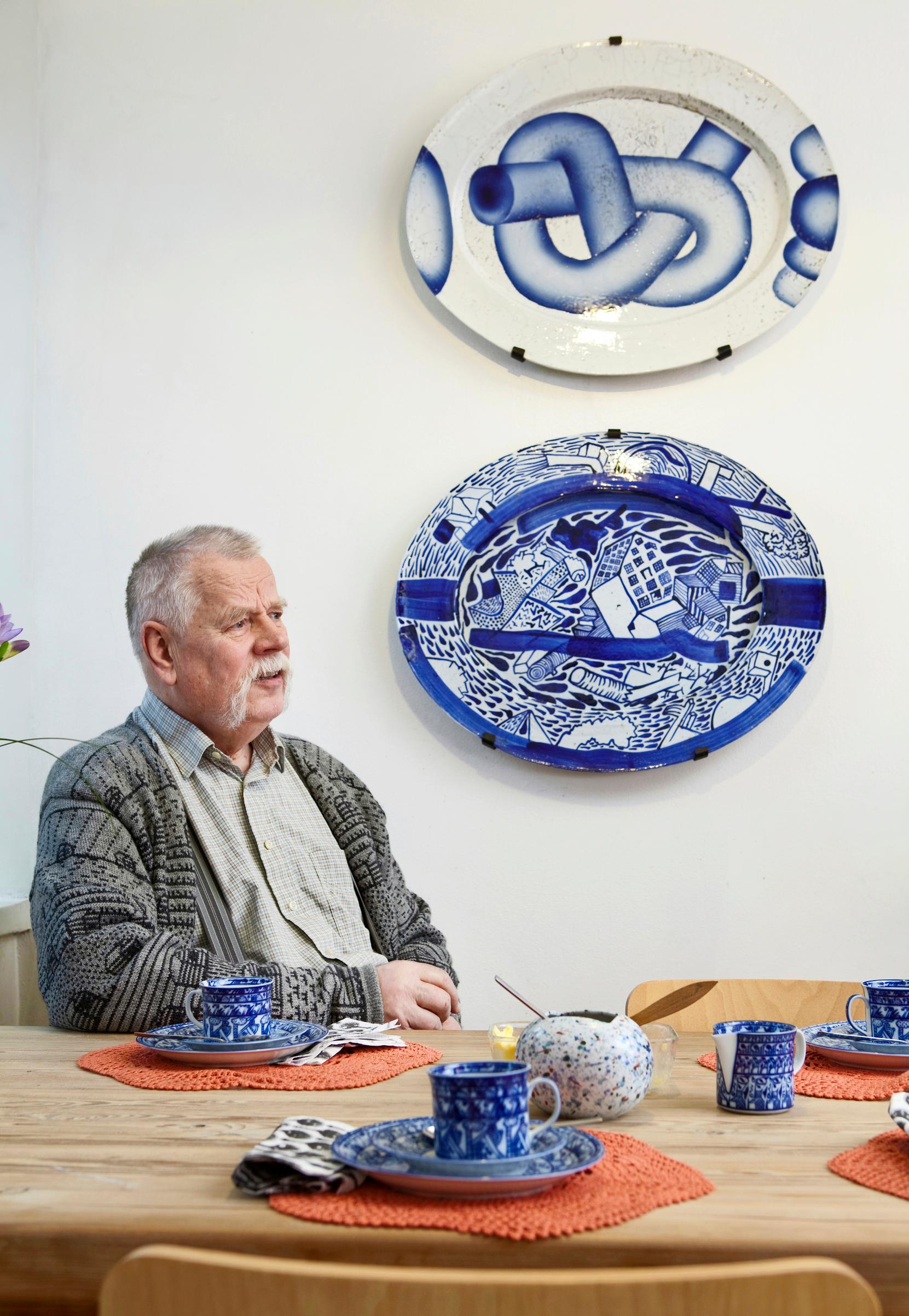
Oiva Toikka’s lesser-known side—the ’humorist’ of glass also handled ceramics like a magician
Although Oiva Toikka is best known for his birds and other glass creations, he fell in love with ceramics first and continued working on them throughout his decade-long career.
Born the youngest of ten children, Oiva Toikka's (1931–2019) interest in drawing began when he was just a few years old. In the fall of 1941, during the Continuation War, the Toikka family returned home after a year and a half of evacuation. Both their house and the school building had been burned down. Oiva enjoyed not having to attend school that winter, as this gave him more time than ever to devote to drawing.
In June 1944, the Toikka family had to leave their home for good. They were resettled in the city of Vantaa in Southern Finland.
Oiva dreamed of becoming an artist and of applying to the Academy of Fine Arts, but lacked confidence in his abilities. As an alternative, he considered the graphic arts program at the School of Art and Design, one of the most popular programs of the establishment.
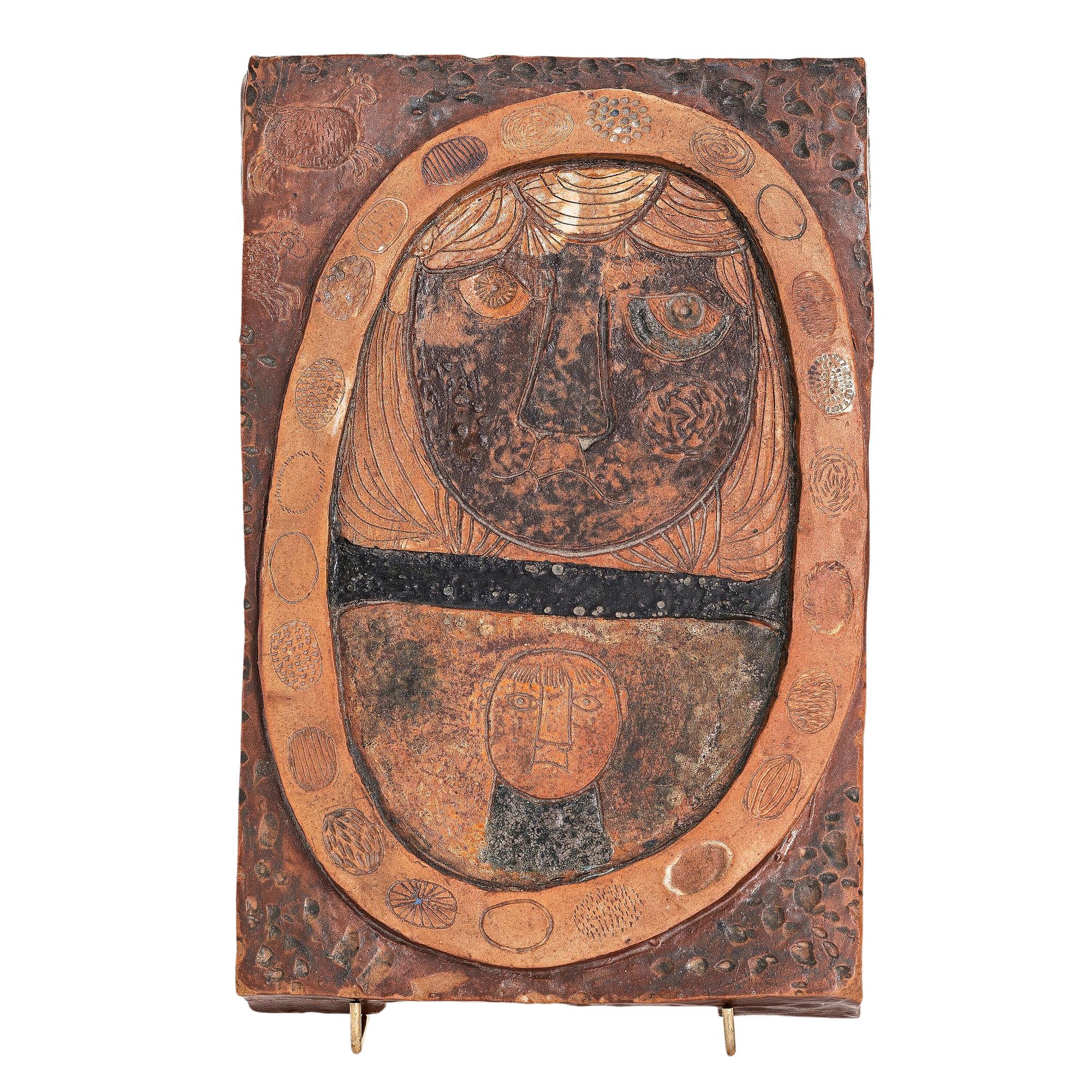
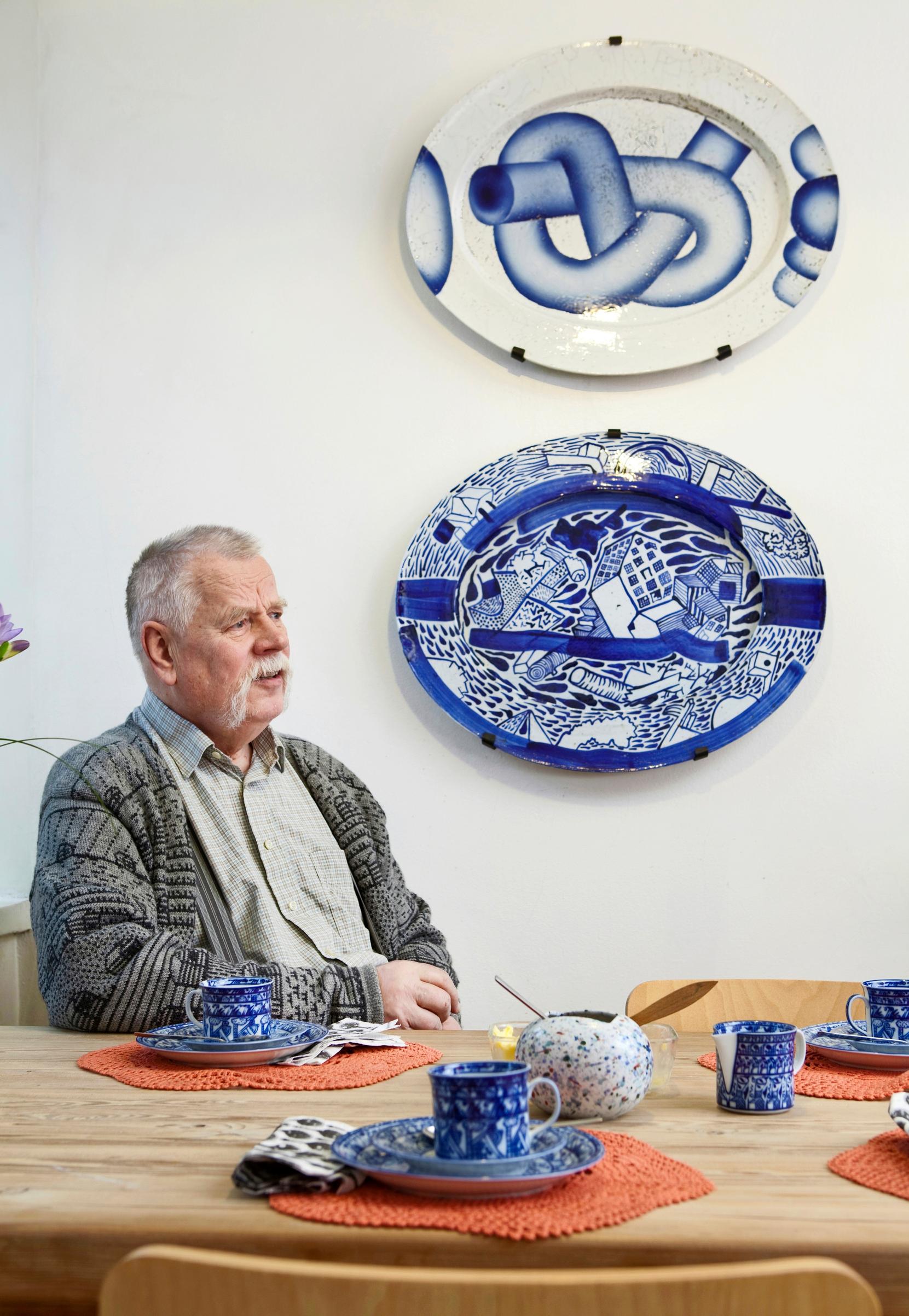
Oiva had a strong desire to create art and wanted to secure a place to study. Ceramics appealed to him, and he believed he had a better chance of getting in. Seeing works by Rut Bryk, Birger Kaipiainen and Michael Schilkin in exhibitions had already piqued his interest in ceramics.
In August 1952, Oiva took a two-week qualifying course for the ceramics department at the Ateneum and was accepted into Elsa Elenius’s ceramics department. He began his studies in the fall of 1953 after completing his military service.
“Toikka’s human and animal figures are delightfully useless.”journalist Kerttu Niilonen
From the very beginning of his studies, Oiva displayed exceptional talent and won several design competitions at the school. In the spring of 1954, a design competition was held by the Nordic schools of industrial arts for the first time.
Each school held an internal competition, and the best two entries in each category advanced to the final round. In the School of Art and Design's competition, Oiva took second place in sculpture. In ceramic tile design, he swept first, second, and third places.
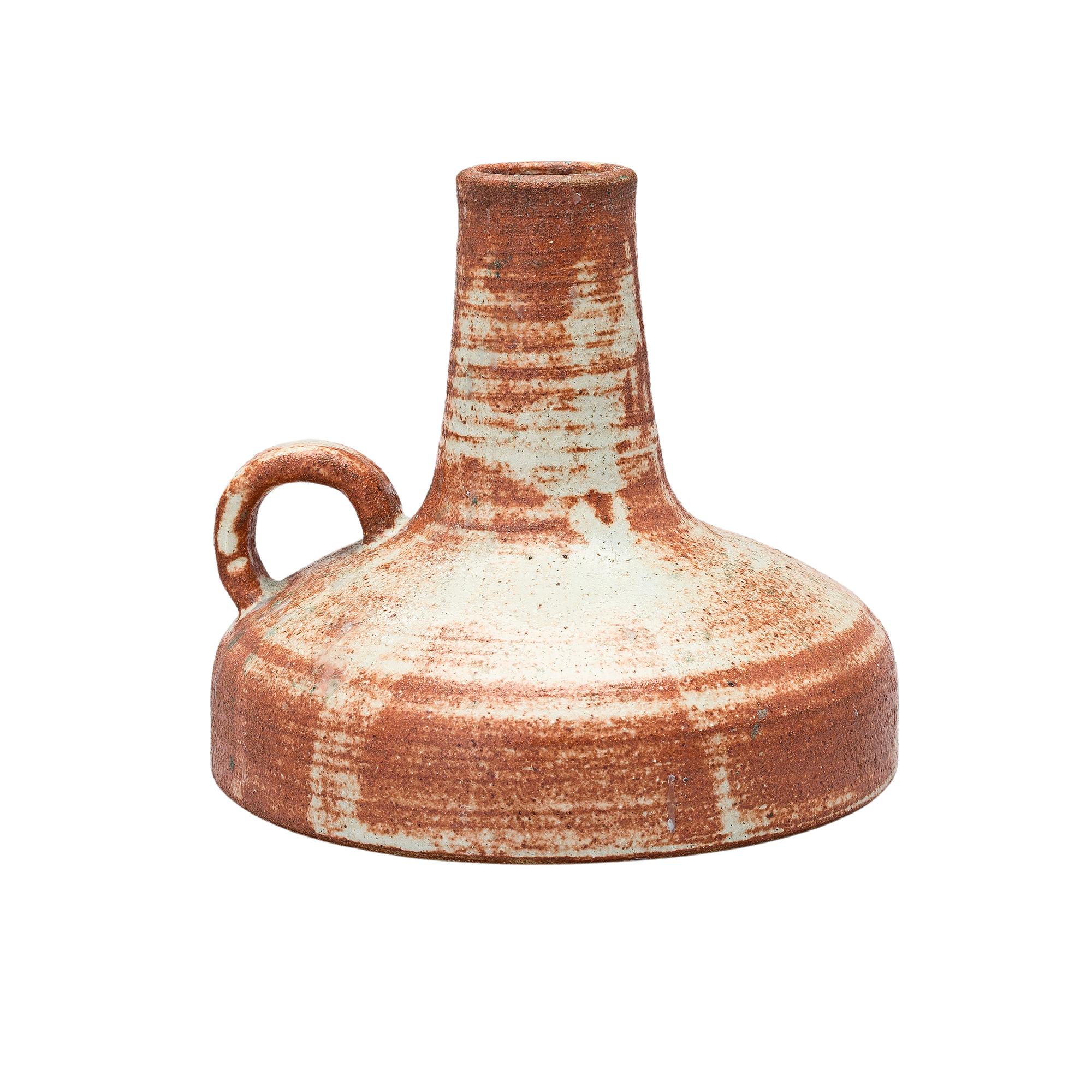
A young couple heads to the Arabia factory
During the same qualifying course for the ceramics department, a certain Inkeri Iissalo caught Oiva’s eye. The two began dating during their studies. Inkeri graduated from the Ateneum in spring 1955, and Oiva finished a year later.
Elsa Elenius arranged work for both at Arabia. Inkeri started in the art industry department making functional ceramics, and Oiva got his position in the fall of 1956. Sales manager Holger Carring suggested that Oiva spend six months rotating through different departments for training. Eventually, he joined the art department as an assistant to the Russian-born Michael Schilkin.
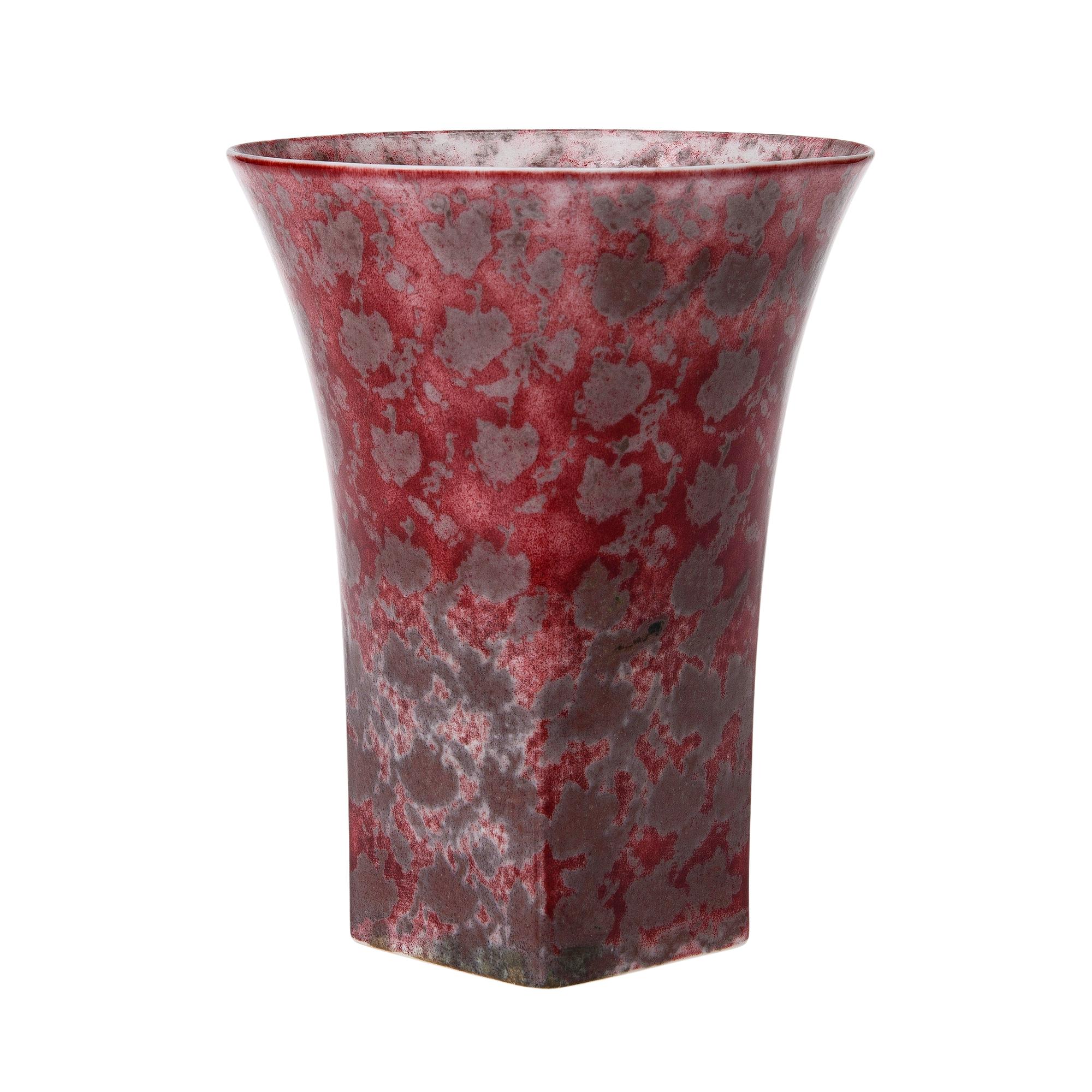
For Oiva, working with Schilkin and other well-known ceramic artists was an eye-opening introduction to creative ceramic art.
After his training period, he officially joined the art department, where he worked alongside some of Finland’s most esteemed ceramicists, including Schilkin, Kaipiainen, Bryk, Toini Muona, Raija Tuumi, Richard Lindh and Kyllikki Salmenhaara. Before long, his work appeared in group exhibitions. His first solo show was held in May 1958 at Wärtsilä’s exhibition space on Helsinki’s Esplanadi. By then, he had been at Arabia for just one and a half years.
His distinctive pieces, brimming with humor and imagination, drew considerable attention in the press. The exhibition featured animal and human figures shaped by hand from coarse, chamotte-rich clay.
Later that same year, Oiva’s ceramic works were displayed at the Brussels World’s Fair and in Syracuse in the United States, under Arabia’s banner.
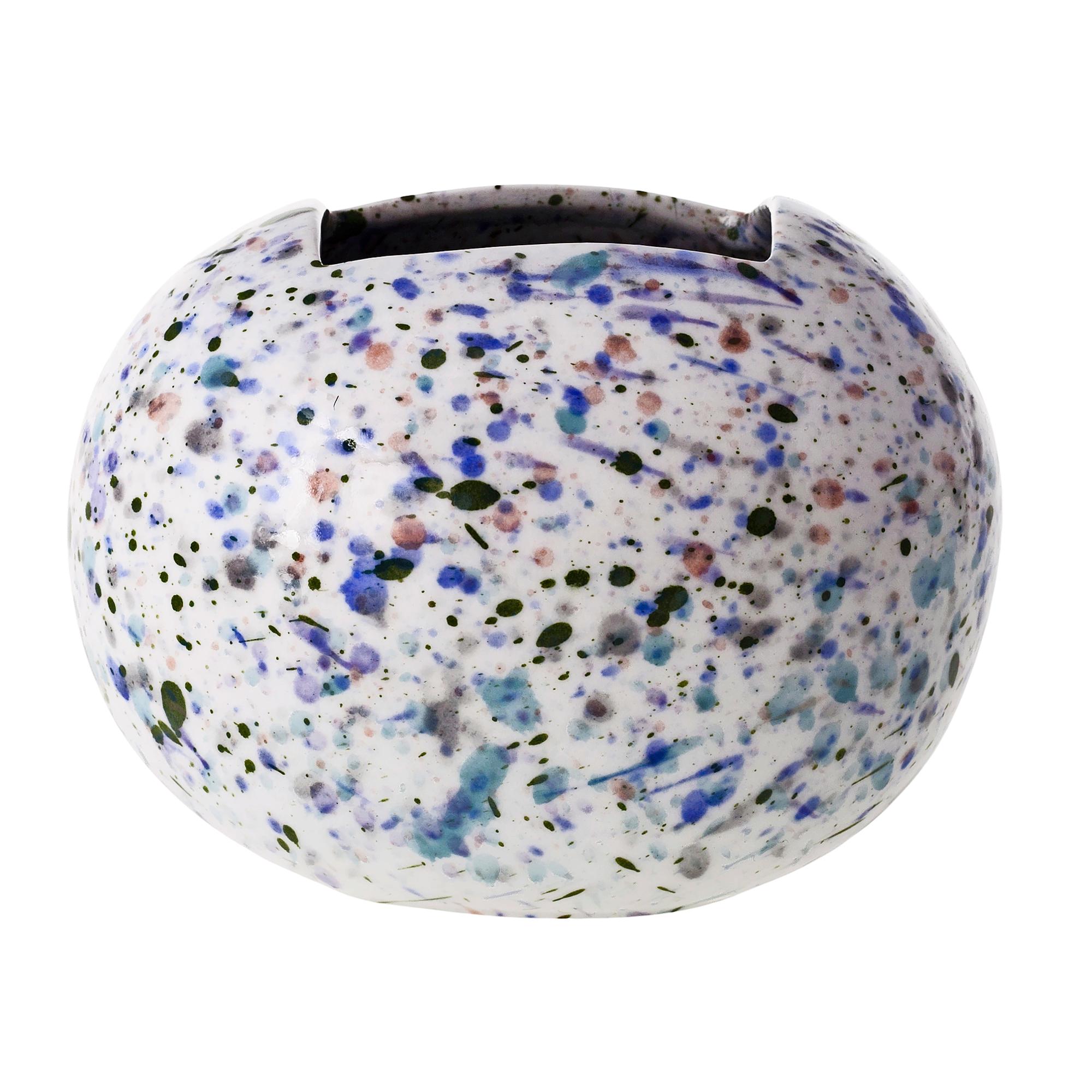
Oiva enjoyed the creative atmosphere with other intriguing artists, but sales of the budding artist’s work were still modest, and his earnings disappointingly low.
Oiva married Inkeri in the spring of 1957, and they had two sons, Jussi and Ville. He had to find a way to support his family.
Oiva resigned from Arabia in 1959. That same year, he began studying art education at the Ateneum. Ceramics took a back seat, and in the fall of 1961, the Toikka family moved because of Oiva’s new teaching job.
Two years later, Oiva got a position at the a glass factory. Glass would remain his favorite material for the rest of his life.
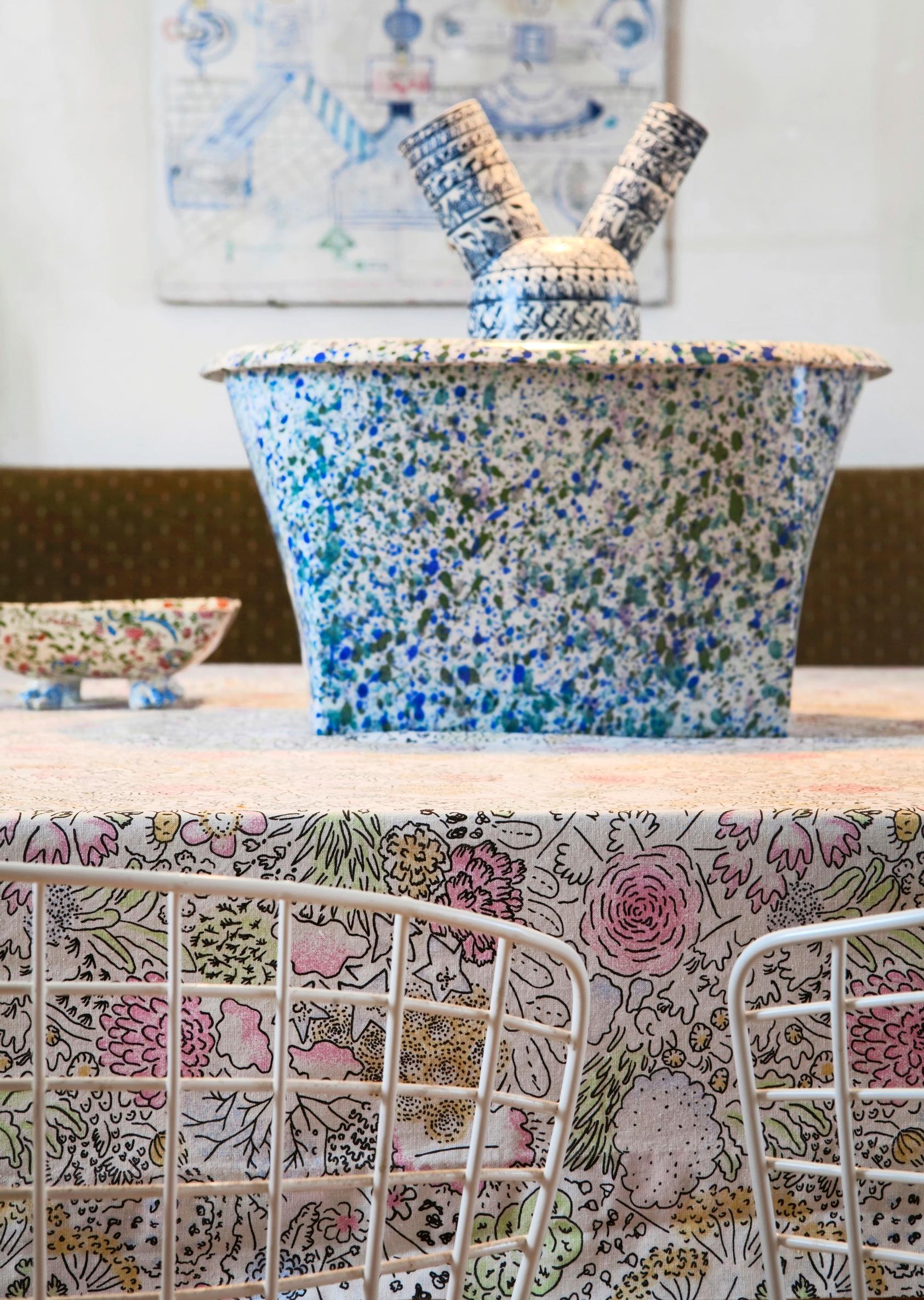
The irresistible allure of Posio
Oiva's enthusiasm for ceramics stuck with him, and he returned to it whenever possible.
He preferred to build ceramics by hand, using coil and slab techniques, among others. He felt he never got the hang of wheel-throwing and admired Raija Tuumi’s ability to throw everything from miniatures to huge pierced bowls.
In 1975, Oiva and Inkeri were invited to the municipality of Posio to attend a ceramics symposium organized by Anu Pentik and Peter Winquist. The three-week international event gathered ceramicists from Finland, Sweden, the United States, Ireland, Yugoslavia, and Hungary.
Oiva devoted long days to clay and tried different firing and glazing methods. He found salt firing particularly inspiring, as vaporizing salt creates a glaze-like coating on the clay. Lapland’s nature also appeared in Oiva’s dishes and figures in the form of various plants and animals.
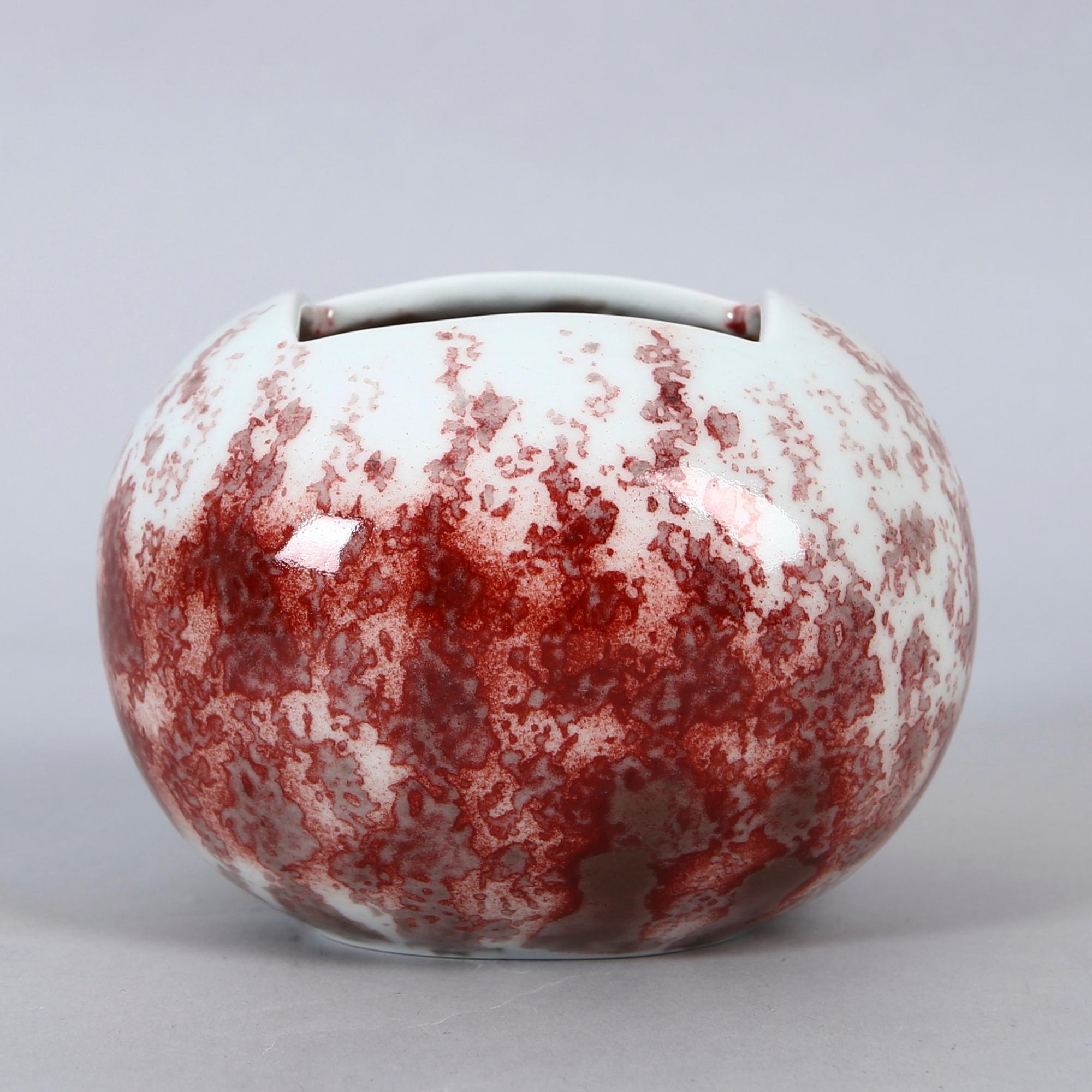
Cobalt-blue Sweden
From 1963 onward, Oiva’s glass career quickly took off, and by the late 1960s, he was working in theater as a set and costume designer, moving on to opera later. He had little time for other projects, so he could only focus on ceramics sporadically.
More than a decade after the Posio symposium, in 1986, Oiva took part in Rörstrand’s 260th-anniversary project by creating a set of soup tureens.
Arabia had bought Rörstrand in 1983, making it part of Wärtsilä. The following year, Oiva once again collaborated with the Swedes, resulting in a collection called Coboltissimo. These simple molded platters and jars featured Oiva’s hand-painted cobalt-blue elements, while Rörstrand’s ceramicists formed the pieces.
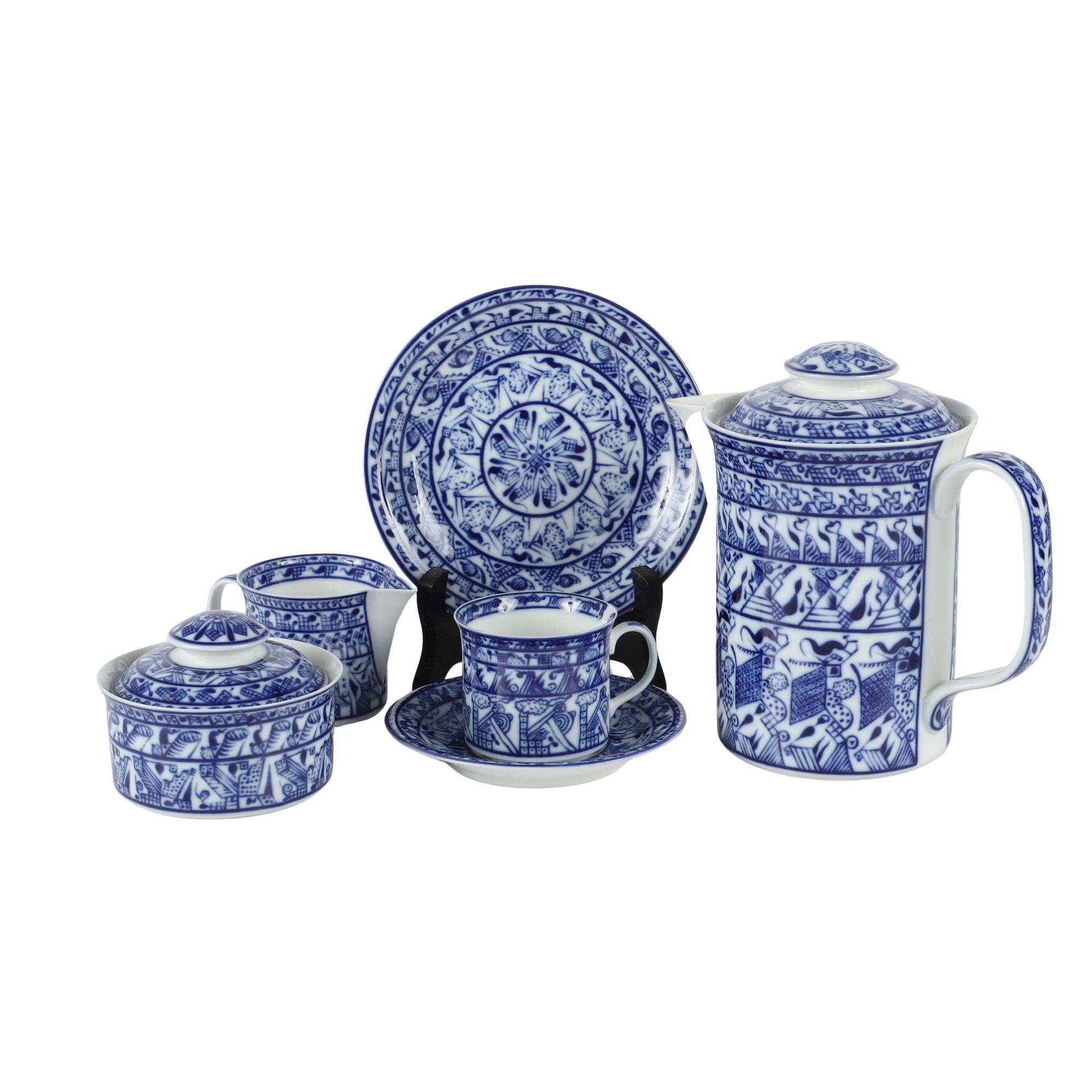
Oiva also provided surface designs for following projects. In 1989, Rörstrand launched the Cobolti dinnerware series, created by Oiva and his Swedish friend and colleague Signe Persson-Melin, once again featuring cobalt-blue tones. Persson-Melin designed the shapes, and Oiva hand-painted them with small ornamental motifs.
They also made unique pieces with horizontal stripes and dotted patterns in various colors, alongside the cobalt-blue service.
In 1994–95, Oiva created a series of large oval platters for Rörstrand, painted in blue underglaze with themes of natural disasters, such as floods and fires.
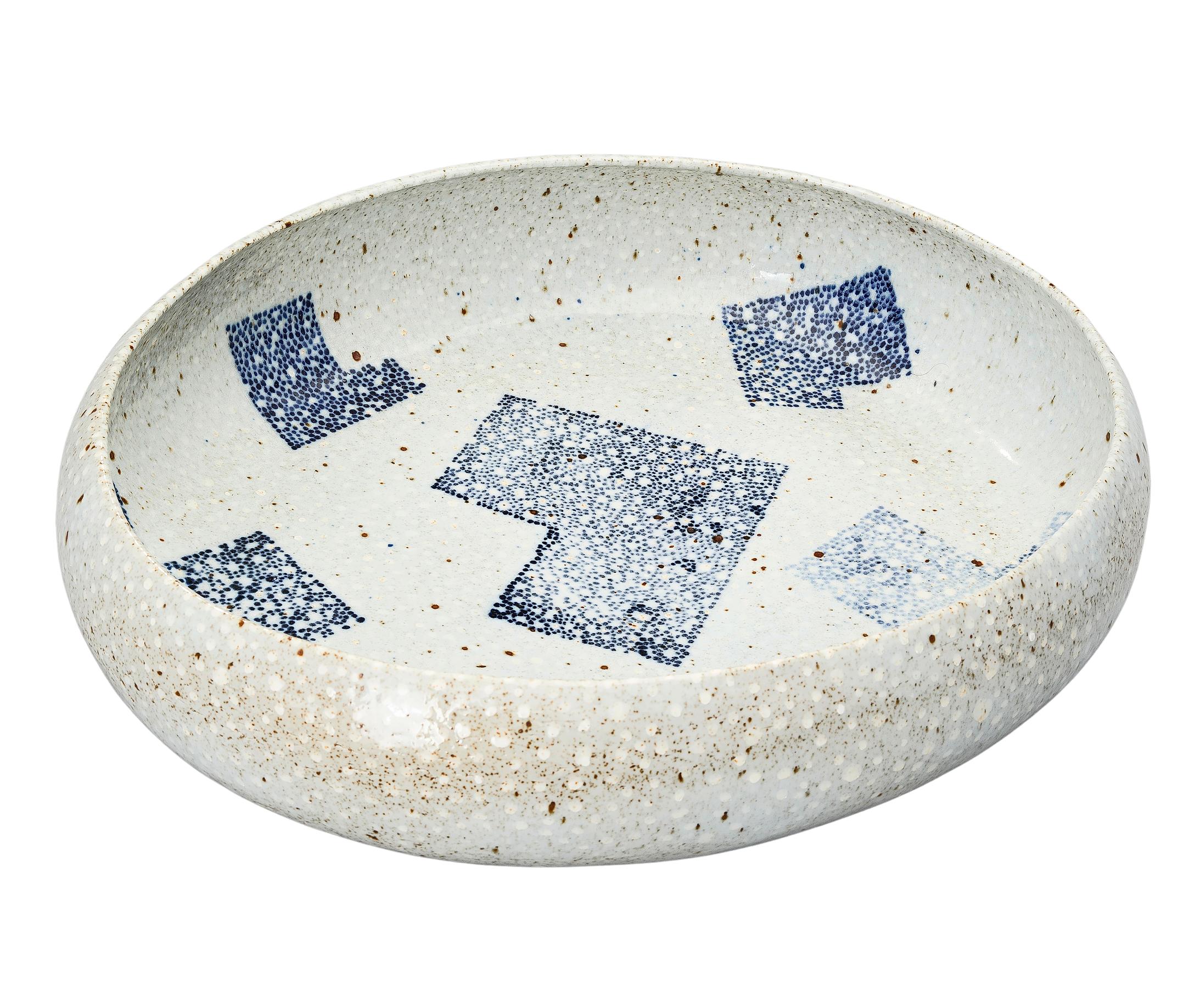
Artist at heart
For a short time in the late 1980s and early 1990s, Oiva returned to the Arabia art department, where he designed the ’Helle’ and ’Halla’ plate series for Arabia’s Pro Arte line. Their dimensions were based on standardized paper sizes, from A7 to A4. Each plate was splashed with colorful paint.
Starting in 1985, Oiva was a visiting professor in the glass and ceramics department at Konstfack in Stockholm. Five years later, he was appointed a full professor.
At Konstfack, Oiva became good friends with ceramic artist Kennet Williamsson, and together they created the Maiolica ceramic collection. Williamsson made red clay pieces, shaped them, and applied a white tin glaze. Oiva then hand-painted the colorful patterns on the white surface.
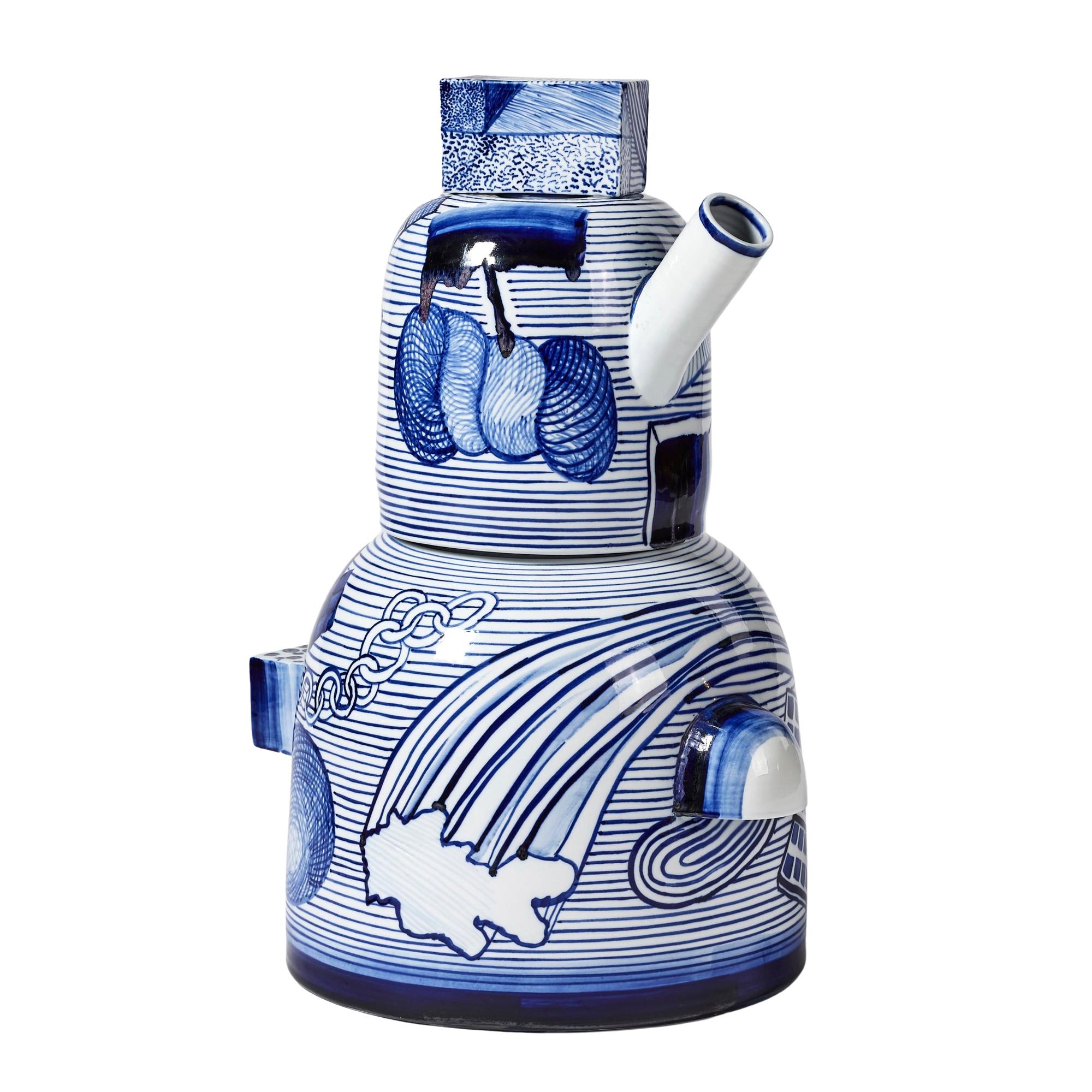
The pieces produced in Sweden debuted at Galleri Nørby in Copenhagen in January 1999. Their joint ceramic work was later shown at other galleries and in a 2001 Design Museum exhibition in Helsinki that highlighted Williamsson’s ceramics.
Oiva was an artist at heart—not merely a sculptor, set designer, costume designer, nor product designer. He saw himself as an artist working with different materials.
Oiva loved collaborating, whether in a glass studio or with an opera or theater team. Ceramics is often a solitary discipline, which is why in his later years, Oiva preferred making ceramics in a pair or group and concentrating on surface decoration.
This article was written by Jutta Ylä-Mononen, who has also penned a biography of Oiva Toikka, “Oiva Toikka—Taiteilijan elämä” (Siltala 2024).


